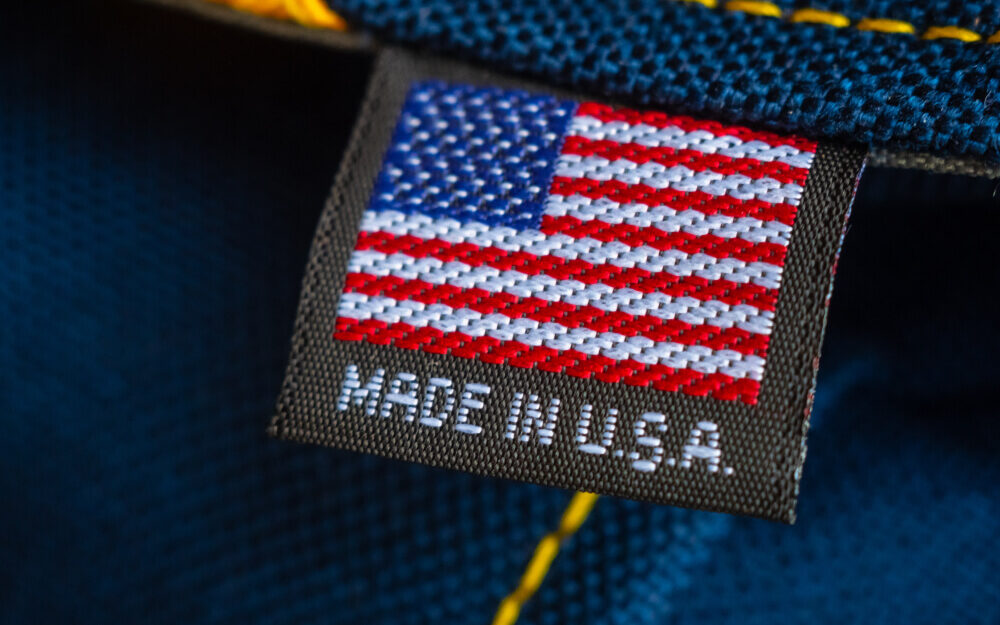Manufacturing in the U.S. continues to struggle as it contracted to its lowest level in over a decade last month.
The Institute for Supply Management announced its manufacturing index fell to 47.2 in December, which was the fifth straight month of contraction. Anything below 50 on the ISM scale is considered contraction (or recession), while anything above is called expansion.
The ISM index hasn’t hit a level that low since June 2009 amid the Great Recession, when it came in at 46.3. Economists polled by Reuters projected it would read 49 to finish off the year based on positive developments in the trade war between the U.S. and China.
“Global trade remains the most significant cross-industry issue, but there are signs that several industry sectors will improve as a result of the phase-one trade agreement between the U.S. and China,” ISM Chair Timothy Fiore said in a statement.
Fiore, however, said he thinks the decline for manufacturing has bottomed out.
“We’ve probably seen the worst of it behind us,” Fiore said.
The U.S. and China have agreed on a phase one trade deal, and U.S. President Donald announced he would sign the deal on Jan. 15. He also mentioned in his Tuesday tweet that he is planning a trip to Beijing in the near future to get the ball rolling on phase two negotiations.
I will be signing our very large and comprehensive Phase One Trade Deal with China on January 15. The ceremony will take place at the White House. High level representatives of China will be present. At a later date I will be going to Beijing where talks will begin on Phase Two!
— Donald J. Trump (@realDonaldTrump) December 31, 2019
Even with the positive developments at the end of 2019, ISM data shows new manufacturing orders dropped 0.4 percentage points to 46.8 in December. Order backlogs, employment and inventories also dropped, but prices rose.
The Associated Press contributed to this report.




